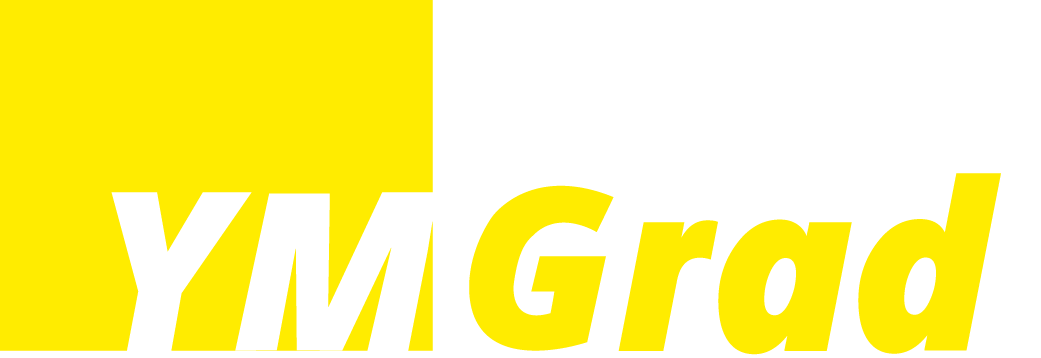Guide to B-1/B-2 Visitor Visa
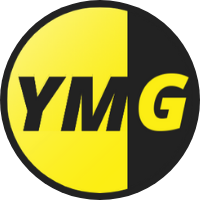
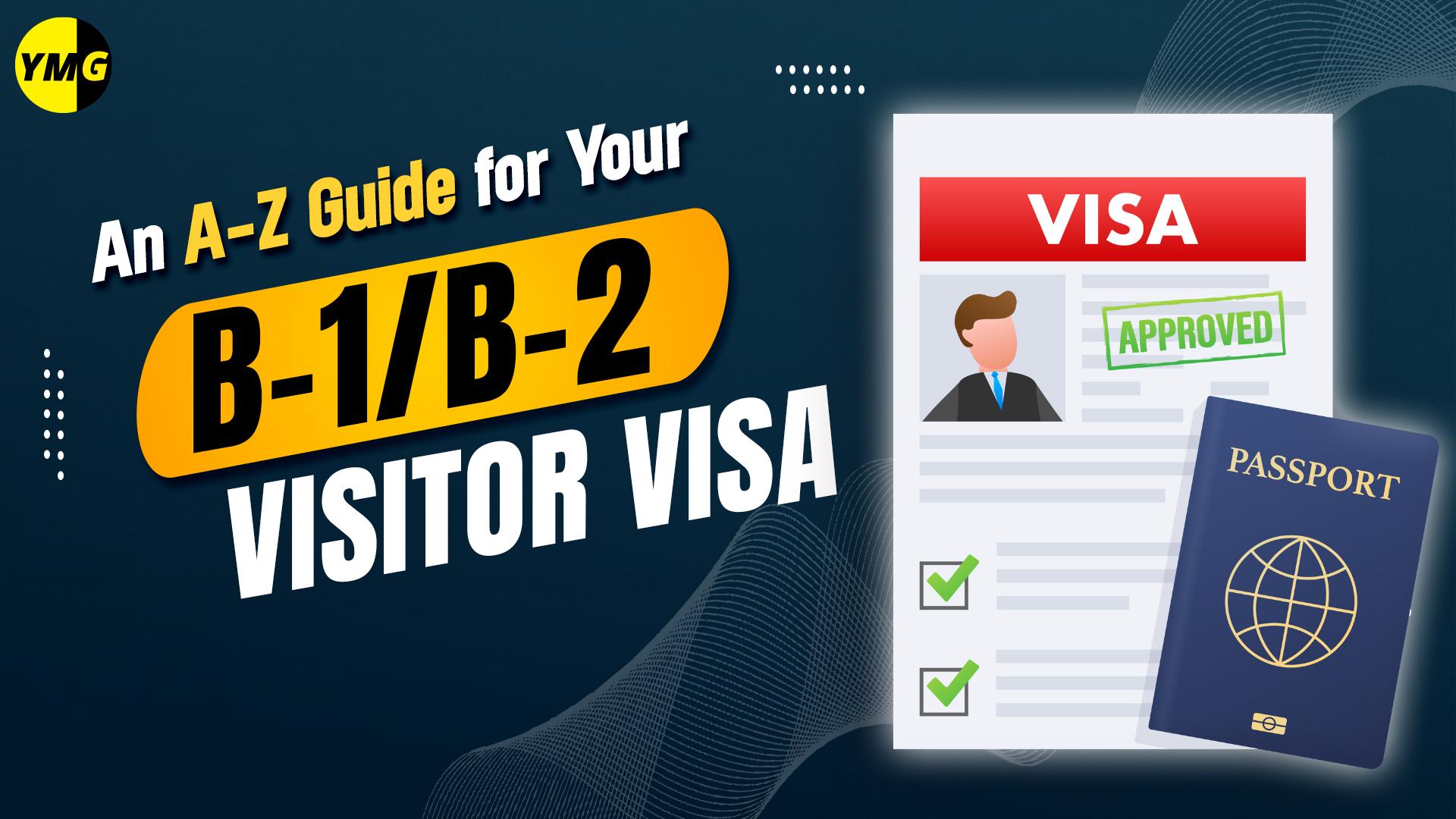
Is traveling to the United States also a part of your bucket list? Living the Hollywood dream or dancing under snow on Christmas? Or, do you have a business conference that you just cannot miss? Then, allow us to expand on the kind of visa you must have. The U.S. immigration laws are quite tough, which makes touring the U.S. also a big deal. But don't worry, as we will be simplifying the entire process and its requirements for you in this blog.
Introduction to B-1/B-2
The B-1/B-2 visa is a non-immigrant visa type that allows visitors to enter the U.S. legally and visit every tourist place one must have in mind. It is of two kinds: B-1 is for business-related purposes, and B-2 is for leisure or medical purposes. This means that you can use this visa to not only sightsee landmarks in the U.S. but also attend meetings and receive medical attention.
To apply for the visa, you must fill out the DS-160 form, pay the $185 fee, and attend the U.S. Embassy or Consulate for an interview. Once issued, you can stay in the U.S. for six consecutive months, and will remain valid for around ten years without reapplication. However, you are not allowed to work or study on this visa. If you wish to change your status, you will be asked to apply for another visa category.
Difference between a B-1 and a B-2 visa
The B-1 and B-2 visas fall under the same B visa category, but they serve different purposes—B-1 is for business-related travel, while B-2 is for tourism, medical visits, or family visits. Here are a few major differences between these two:
|
B-1 (BUSINESS) |
B-2 (MEDICAL/TOURISM) |
|---|---|
|
For business activities like meetings, conferences, and contract negotiations. |
For tourism, vacations, visiting family or friends, and medical treatment. |
|
You must prove the trip is strictly for business purposes without employment in the U.S. |
You must prove the trip is for leisure, personal reasons, or medical care, with no intent to work. |
|
Typically, it takes up to 6 months, with possible extensions. |
Typically, it takes up to 6 months, with possible extensions. |
|
Cannot work or receive payment from a U.S. source. |
Cannot work or engage in business activities. |
Are you having difficulties filling out your visa application form?
Talk to our seasoned experts directly for step-by-step guidance.
Requirements for the B-1/B-2 Visa
Here are the exact details of what makes you eligible for which category of the visa:
B-1 Visa (Business Visitor Visa)
The B-1 visa is granted to travelers who visit the U.S. for business-related activities. This visa covers certain basic purposes, such as attending meetings, conferences, negotiations, or short-term training.
| Aspect | Requirements for B-1 Visa |
|---|---|
| Purpose of Visit | You must be traveling for a valid business purpose, such as business meetings/conferences, contract negotiations, consulting with business associates, short-term training, or settling an estate. |
| Temporary Stay |
You will need to demonstrate that your stay in the United States will be temporary and usually for a period not exceeding six months. |
| Ties to Home Country |
You need to establish that you have strong ties to be present in your home country through:
• Employment. • Family connections. • Financial assets. • Property ownership. |
| Sufficient Funds |
You must convince the officer that you have sufficient funds to support your stay in the U.S. |
| Supporting Documents |
Invitation letters, details of business meetings, conference registration, business cards, etc. |
| Non-Immigrant Intent | You must clearly state that you intend to return to your home country after the business visit. |
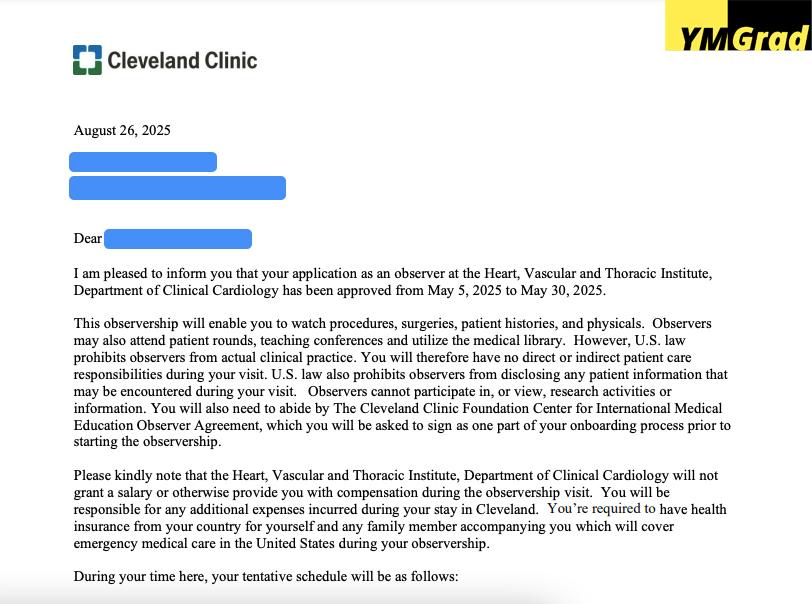
B-2 visa (Tourist Visitor Visa)
The B-2 visa is for travelers to the U.S. for tourism, vacation, medical treatment, or visiting family and friends.
| Aspects | Requirements for B-2 visa |
|---|---|
| Purpose of Visit |
You are coming to the United States as a tourist in one of the following contexts:
- Visit friends or relatives - Attend social events - Medical treatment - Attend amateur, uncompensated activities (e.g., music, sports). |
| Temporary Stay |
You must convince the immigration officer that you will, in fact, be in the U.S. for temporary stay purposes and that you will return home. |
| Proof of Ties to Home Country |
Like the B-1 visa, you should have close ties with your country of residence, such as:
‑ Employment. ‑ Family ties. ‑ Financial stability. ‑ Property ownership. |
| Sufficient Funds |
You must have sufficient funds for your travel, stay, and other expenses in the U.S. |
| Supporting Documents |
Travel itinerary, proof of funds, letters from friends and family, medical documents for those visiting for medical treatment, etc. |
| Non-Immigrant Intent |
You must prove that you do not intend to immigrate to the U.S. and that you will leave the country at the end of the visit. |
These requirements help U.S. authorities assess whether or not an applicant is coming to the United States temporarily and for proper purposes under the B-1 or B-2 nonimmigrant visa classification.
What is the application process?
Here's a step-by-step guide to the application process for both visas:
Determine Eligibility
Fill out the DS-160 Form
Fill out the DS-160 form online, which is the Nonimmigrant Visa Application. Bring all accurate information and save the confirmation page because you will need it for the interview.
Pay the Visa Application Fee
Pay the non-refundable visa application fee, usually about $185, as directed on the website of the U.S. Embassy or Consulate where you are going to apply.
Visa Interview Scheduling
Once the fee is paid, an interview has to be scheduled at the U.S. Embassy/Consulate in your home country. The wait times are long, depending on the location, so it is better to apply well in advance. Applicants under 14 or over 79 years old may be exempt from the interview per respective consulate/embassy policies.
Required Documents
Attend the Visa Interview
Go to the U.S. Embassy or Consulate on the date and time of the interview. Be prepared to answer questions about your trip, as well as to provide any evidence about reasons to return to your home country.
Wait for Visa Processing
Following the interview, your visa application might require additional administrative processing, which varies depending on the case. If your application is approved, your passport containing the stamped visa will be returned by courier or pick-up according to the instructions at the consulate.
Receive Your Visa
If your application gets approved, you will receive your passport with the stamped visa. Check the details for accuracy.
Travel to the U.S.
Once you have been issued a B-1/B-2 visa, you can travel to the United States. On your arrival at a U.S. port of entry, a U.S. Customs and Border Protection (CBP) officer will inspect you and determine whether you are admissible to the U.S. and inform you of how long you may stay.
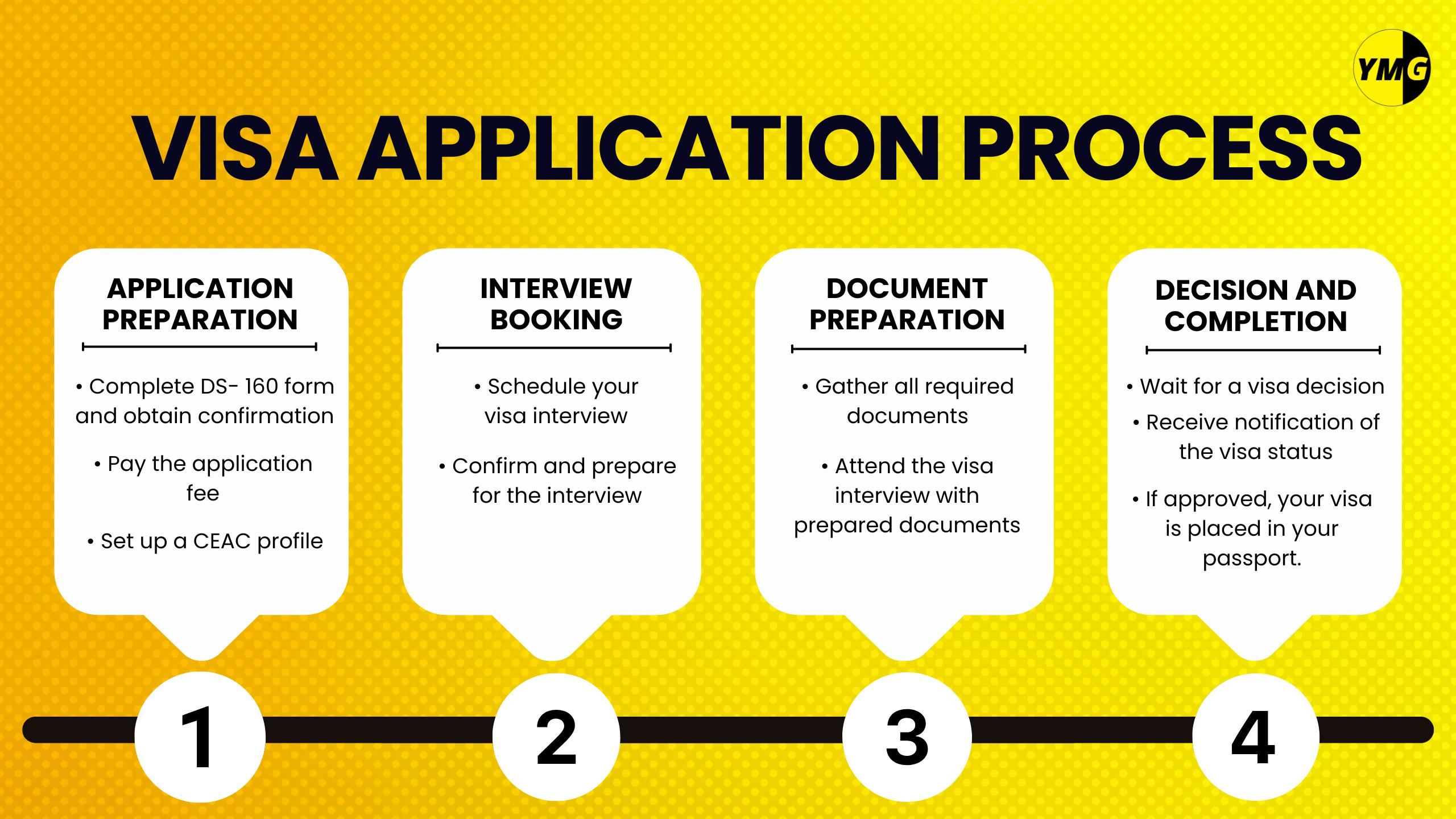
Conclusion
In simple terms, don't be scared to start your B-1/B-2 application process. Find out accurate information through us and prepare yourself correctly before moving forward with any of your visa types. Once you get these details straightened out, your visa journey will be even smoother. If you still have questions or concerns regarding your next vacation to the U.S., feel free to contact us and talk to our experts. If you have already had your visa approved, then safe travels. We look forward to assisting you with other visas - immigrants or non-immigrants.
Are you looking to improve your chances of visa approval?
Our mock interview is your key.
Frequently Asked Questions!

No, having a visa does not guarantee entry into the U.S. The visa allows you to travel to a port of entry, where a CBP officer will determine if you are eligible to enter and how long you can stay. Entry can be denied if the officer believes you do not meet the requirements or have violated the terms of previous stays.

Family members can apply for their B-2 visas as dependents. Each family member, including children, must apply for their visa, even infants.

There is no minimum stay, but the maximum stay is typically 6 months, as determined by the CBP officer at the port of entry.

Yes, in some cases, you can apply to change your status while in the U.S. However, you must qualify for the new visa type, and the application should be submitted before your current B-1/B-2 status expires.

No, B-1 and B-2 visa holders are not permitted to work or enroll in a degree program in the U.S.

Yes, you can take non-credit, recreational courses like cooking, yoga, or language classes on a B-1 or B-2 visa. However, you cannot enroll in courses that count toward a degree or formal certification.

You should apply for a replacement I-94 form immediately using Form I-102, Application for Replacement/Initial Nonimmigrant Arrival-Departure Document, or retrieve the record online if applicable.

Overstaying a visa can lead to penalties such as cancellation, future visa denials, and bans on re-entry to the U.S. The length of your overstay will impact the severity of these consequences.

Having a balance of $6,000 to $10,000 in your account will be better.
